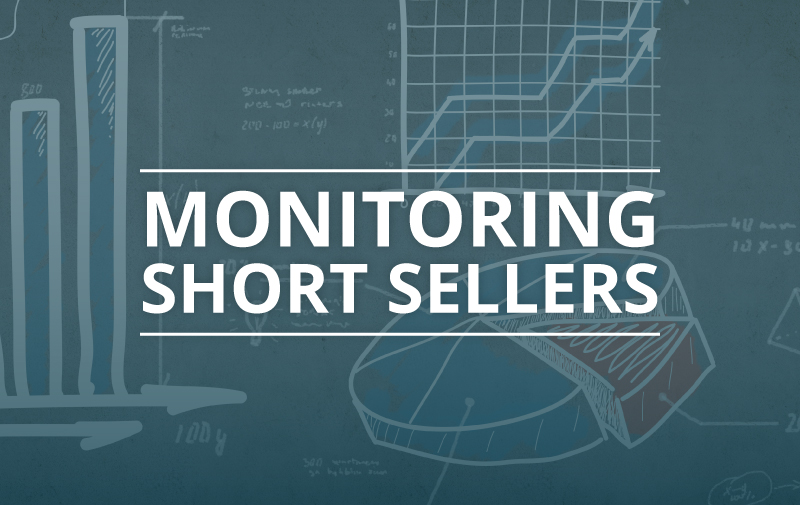A key discipline that investor relations professionals must actively develop is constantly monitoring investor sentiment, which is the overall attitude that investors have toward a particular market. It is crucial to maintain a thorough understanding of sentiment because it will inform each component of your company’s investor relations activities, including company messaging in communications and interactions with Wall Street. Monitoring investor sentiment is an ongoing process, and it is composed of layers of information from different sources.
One critical piece of this mosaic is monitoring short selling. Short selling is a powerful tool in understanding the prevalence of a bear case against a company. By definition, short selling is the sale of a security that is not owned by the seller or that the seller has borrowed. Short selling is motivated by the belief that a security’s price will decline, enabling it to be bought back at a lower price to make a profit. Having clear insight into the bear case sentiment on your stock provides a more complete perspective for investor relations teams, and it can also help guide messaging to address key concerns.
Investor relations professionals can quantitatively monitor short selling with several key metrics, including the ones listed below.
Short Interest
Short interest is defined as the quantity of shares that investors have sold short but not yet covered or closed out. This number is published every two weeks by the exchange where the stock is listed. Considering sentiment is dynamic and ever changing, the direction this number is trending provides information regarding positive or negative sentiment shifts. Investor relations professionals should pay close attention to changes in this number, as it will help gauge and keep track of those shifts.
Percent of Float Shorted
The float is the number of shares available for the public to trade, and the percentage of float shared is calculated by dividing the short interest by the float. Because every company has a different float, this metric is comparable amongst peers. This is helpful in differentiating company, sector and market specific sentiment.
Short Ratio / Days to Cover
This metric is a representation of the short interest relative to the average daily trading volume, which is calculated by the short position divided by the average daily volume. This is a theoretical metric that calculates the number of days required to close all short positions at the rate of average daily volume. This provides a sense of implied buying pressure, as short positions must be closed at some point. In the event that a heavily-shorted stock begins to see a price increase, short sellers closing positions can provide extra momentum to the price increase.
Monitoring short selling is one of the key components of gauging investor sentiment, and keeping a close eye on the short sellers is an important part of any comprehensive investor relations program. While closely monitoring the aforementioned metrics is important, remember: these metrics are just numbers. One metric alone cannot tell the whole story. Consider short interest, percent of float shorted, days to cover and additional metrics to accurately monitor short selling and overall investor sentiment.
Philip Taylor, Associate


Leave a Reply